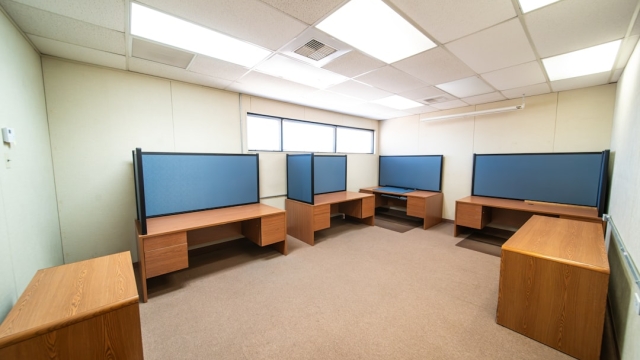Understanding AV System Components Key Elements for Optimization
In the realm of audio-visual systems, achieving the best performance hinges on a practice known as AV system optimization. This process involves fine-tuning various components and settings to enhance the overall functionality and effectiveness of the system. Whether for personal enjoyment or professional use, optimizing your AV system is crucial for delivering a seamless and immersive experience. Understanding the fundamental components, addressing common issues, adhering to best practices, and ensuring regular maintenance can collectively enhance the performance and longevity of your audio-visual setup.
Understanding AV System Components: Key Elements for Optimization
To embark on the journey of AV system optimization, it is essential to first grasp the key components that make up an AV system. These typically include audio equipment, video displays, control systems, and network infrastructure. Each element plays a vital role in the overall performance.
Audio Equipment
Speakers, amplifiers, and receivers are the backbone of your audio setup. To optimize audio performance, ensure that speakers are correctly positioned for optimal sound distribution. Calibration tools can assist in adjusting settings such as equalization, allowing for a balanced audio output tailored to your environment.
Video Displays
For video components, resolution, brightness, and contrast settings are crucial. Fine-tuning these parameters can significantly impact picture quality. Ensure that your display is calibrated, using appropriate test patterns to achieve accurate color representation and clarity.
Control Systems
Control systems allow for seamless integration and management of various components. Optimizing these systems involves ensuring that all devices are compatible and that interfaces are user-friendly. This can enhance the overall experience by making it easier to navigate and control your AV setup.
Network Infrastructure
In an increasingly interconnected world, network infrastructure plays a key role in AV system optimization. A robust and reliable network ensures smooth streaming and communication between devices. Investing in quality routers and switches, and optimizing network settings, can eliminate lag and maintain high-quality performance.
Common AV System Issues and How to Resolve Them
Even with the best equipment, AV systems can encounter various issues. Understanding these common problems and their solutions is pivotal for effective optimization.
Audio Distortion
Audio distortion can occur due to improper speaker placement or mismatched equipment. To resolve this, assess your speaker configuration and adjust settings to ensure all components work harmoniously.
Video Lag
Video lag can severely disrupt viewing experiences. This can often be mitigated by adjusting settings on your display or ensuring that the input source is optimized for performance. Checking cable connections and using high-quality cables can also reduce lag.
Connectivity Issues
Frequent disconnections can stem from network issues or incompatible devices. Ensuring that all components are updated and using wired connections wherever possible can help maintain stability and reliability.
Best Practices for AV System Setup and Configuration
Setting up your AV system correctly is essential for optimal performance. Here are some best practices to consider:
- Room Acoustics: Take into account the acoustics of the room where your system is set up. Soft furnishings can absorb sound, while hard surfaces may reflect it, affecting audio quality.
- Proper Calibration: Regularly calibrate your system using professional tools or software to ensure that both audio and video outputs are optimized.
- Unified Control: Utilize a unified control system that can manage all components from a single interface, enhancing usability and efficiency.
Emerging Technologies in AV Systems: What to Consider
As the landscape of audio-visual technology evolves, new solutions and innovations emerge. When considering upgrades or new installations, keep an eye on advancements in areas such as high-definition audio formats, immersive sound technologies, and smart home integration. These technologies can significantly enhance your AV system’s capabilities and user experience.
Regular Maintenance Tips for Sustained Performance
To ensure your AV system remains in peak condition, regular maintenance is necessary. Here are some tips:
- Regular Cleaning: Dust and debris can impact performance, so regularly clean all components, including screens and speakers.
- Software Updates: Keep firmware and software updated to benefit from enhancements and security improvements.
- Periodic Checks: Regularly assess your system for any signs of wear and tear, and address issues promptly to prevent larger problems.
In conclusion, AV system optimization is a multi-faceted process that involves understanding your system’s components, resolving common issues, implementing best practices, and maintaining your setup for long-term performance. With proper attention and care, you can create an audio-visual experience that is not only enjoyable but also efficient and reliable. For further insights and professional assistance in optimizing your AV system, consider exploring AV integration services that can provide tailored solutions for your needs.



